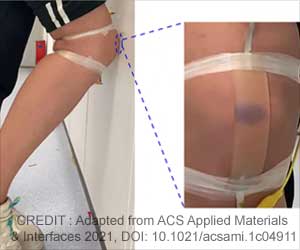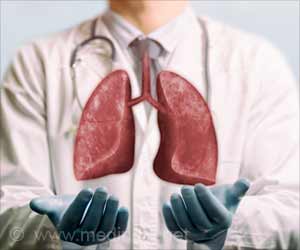It has been characterized by a distinctive barking cough and sometimes high-pitched intakes of breath (known as a stridor). In severe cases, it can dangerously restrict breathing.
“The relatively high hospitalization rate and the large number of medication doses our COVID-19 croup patients required suggests that COVID-19 might cause more severe croup compared to other viruses,” said study co-author Dr. Ryan Brewster, who is in the combined pediatrics residency program at Boston Children’s Hospital and Boston Medical Center.
Brewster also said, “Further research is needed to determine the best treatment options for these children,” in a Boston Children’s Hospital news release.
In this paper published, doctors described the cases of 75 children who went to Boston Children’s Hospital’s emergency department with croup and COVID-19 between March 1, 2020 and January 15, 2022.
Most of the children in the study were under 2 years of age, 72% of whom were boys. Except for one child with the common cold, no one is infected with the virus other than SARS-CoV-2.
Eighty percent of cases occurred after the coronavirus variant Omicron dominated in the United States.
Most of the children in the study were under age 2, and 72% were boys. Except for one child with a common cold virus, none had a viral infection other than SARS-CoV-2.
Just over 80% of the cases occurred after Omicron became the dominant coronavirus variant in the United States.
“There was a very clear delineation from when Omicron became the dominant variant to when we started seeing a rise in the number of croup patients,” Brewster said.
No deaths were reported though, but nine (12%) were admitted to the hospital and four of those children required intensive care.
According to the study, before COVID-19, fewer than 5% of children with croup were hospitalized, and only 1% to 3% of hospitalized patients required intubation.
A total of 97% of children in the study and 29% of those treated in the emergency department were given the steroid dexamethasone. Everyone admitted to the hospital received racemic epinephrine via nebulizer, which is reserved for moderate or severe group cases.
Hospitalized children required a median of six doses of dexamethasone and eight nebulized epinephrine treatments to control their croup symptoms more than is usually needed for non-COVID-19 croup and these findings were published in the journal Pediatrics.
The mild croup can be treated with steam from a humidifier at home or from hot showers, the study authors said, adding that parents should seek medical help if a child:
- Has frequent noisy inhalations and barking cough at rest
- Struggles to breathe
- Has increased fatigue or sleepiness
- Has blue lips or fingertips
- Has a temperature higher than 100.4°F for more than three days
- Has symptoms of mild croup lasting longer than seven days
Although many viruses can cause the croup, the authors suggested that parents should consider the possibility of their child having COVID-19 and think about testing them and other family members.
Limitations of this Study
The researchers conducted their analysis in a single center, with small sample size, which could control its generality. Nevertheless, this is one of the first and largest investigations into the COVID-19-related croup to date. An additional limitation is the absence of the virus genotyping.
The rapidness at which Omicron became the most dominant variant of SARS-CoV-2 reduces the concern about significant local circulation of other strains. Finally, the study does not rule out the possibility of co-infection with the virus due to the lack of comprehensive virus testing.
Source: Medindia



